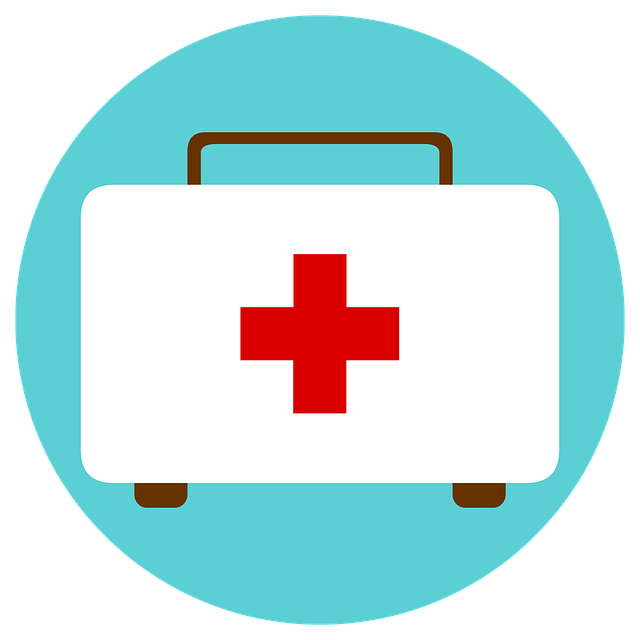Seizure First Aid: What You Should Know

Seizures are sudden and uncontrolled disturbances in the brain that cause erratic changes in behavior, movements, feelings, and levels of consciousness. On average, about one in ten people will have a seizure in their lifetime, so they are relatively common, but there are many different kinds of seizures. They vary depending on where they start in the brain and how far they spread. Most seizures will only last between 30 seconds and two minutes, and any seizure that lasts more than five minutes should be considered a medical emergency. Since they're common, it's likely that you'll have to help someone with a seizure during your lifetime, so it's a good idea to learn about what you can do to keep that person safe until the seizure passes.
Do I Call 911?
It's not required to call 911 if someone has a seizure, as they don't require medical attention in most cases. However, you should make the phone call if any of the following are true:
- This is the first seizure a person has had.
- The seizure lasts longer than five minutes.
- The person is struggling to wake or breathe after the seizure ends.
- The person has another seizure not long after the first one.
- The seizure happens in water.
- The person is hurt during the seizure.
- The person has a health condition like heart disease or diabetes.
- The person is pregnant.
- When Should You Call an Ambulance for a Seizure?
First Aid for Any Type of Seizure
There are a few different types of seizures based on where in the brain they start, but most seizures will last about two minutes at the longest. Most seizure care can be done no matter what type of seizure the person is having.
- Check to see if they're wearing a medical bracelet or have any emergency information on them.
- Comfort the person and speak to them in a calm and soothing voice.
- Keep yourself and any other people in the room calm.
- Stay with them until the seizure ends and they are fully awake. When they're awake, take them to sit in a safe place and communicate what happened in simple terms.
- Offer to call a friend or family member to ensure that the person can get home safely.
- First Aid for All Seizures
First Aid for Tonic-Clonic (Grand Mal) Seizures
When the word "seizure" comes to mind, most people think of a tonic-clonic seizure, also called a grand mal seizure. This type of seizure often includes shaking or jerking, the person crying out, and the person becoming unaware of what's happening around them. If someone is having a grand mal seizure, some things you can do to help them include:
- Ease them down to the ground.
- Turn them to one side gently to help them breathe.
- Put something flat and soft under their head, like a folded jacket or a throw pillow.
- Clear the area of anything sharp to help prevent potential injuries.
- Remove any eyeglasses or sunglasses the person is wearing.
- Loosen anything around their neck, like a tie, tight necklace, or choker that could make it harder for the person to breathe.
- If the seizure lasts longer than five minutes, call 911.
- Tonic-Clonic (Grand Mal) Seizures
What Not to Do
It's important to know what to do when helping keep somebody safe during a seizure, but it's just as important to know what not to do to keep people safe. Some important tips to keep in mind for what not to do include:
- Don't hold them down or make any attempt to keep them from moving.
- A person having a seizure won't swallow their tongue, so you do not need to put anything in their mouth. Doing this could cause them to injure their teeth or jaw.
- Do not try to give them CPR. A person having a seizure will start breathing on their own after the seizure ends.
- Do not give them any food or drink until the person is fully alert.
- Seizure First Aid Do's and Don'ts
More Information About First Aid
More About Epilepsy and General Information
- Epilepsy Fact Sheet
- Epilepsy: Seizure Types, Symptoms, and Treatment Options
- Information on Statistics and Health
- Information for Wellbeing
- Epilepsy Details
- Types of Epilepsy and Seizure Disorders